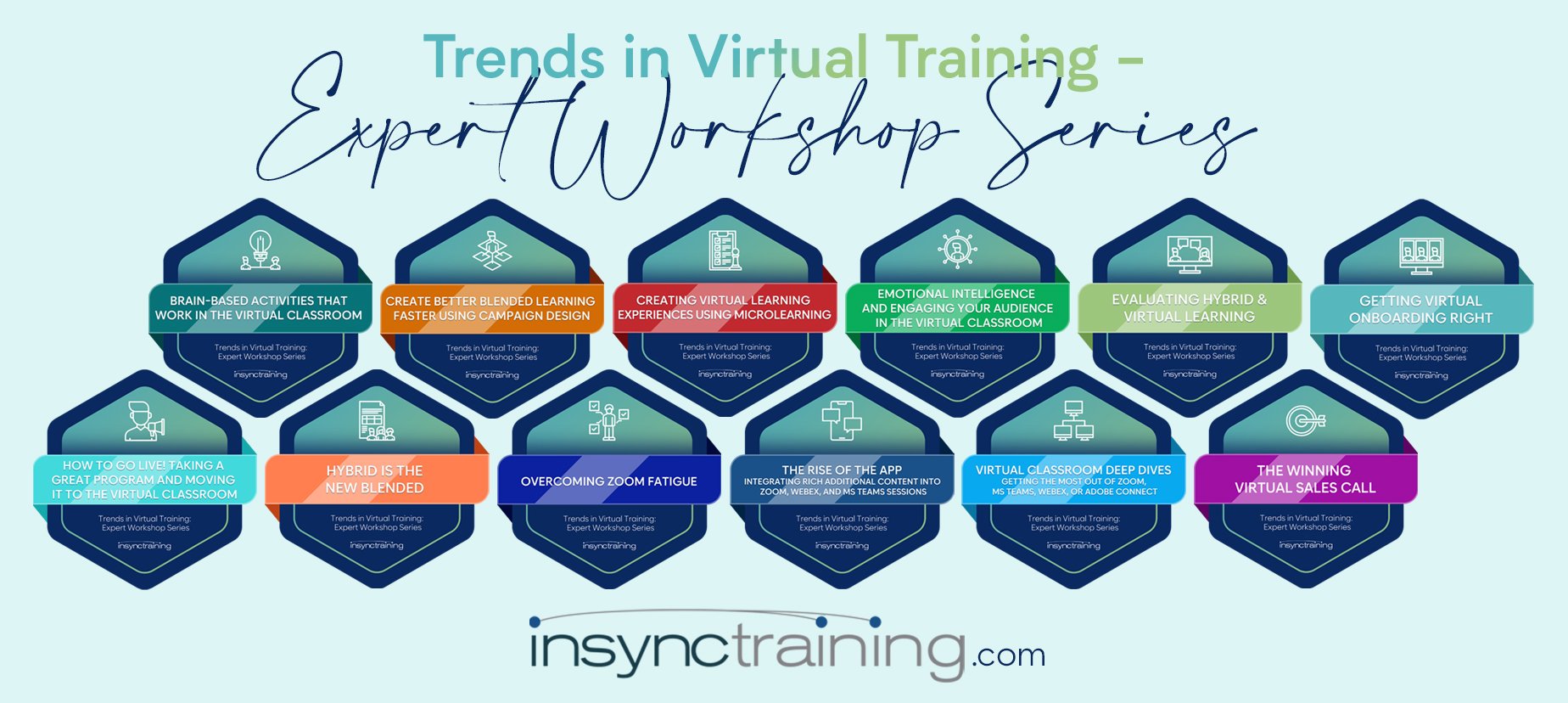 Today, organizations certainly look different from how they did ten years ago. Remote work options were a bit of a novelty back then. Flash forward to August of 2022, and 62% of full-time employees were working partly or fully remotely according to Owl Labs.
Today, organizations certainly look different from how they did ten years ago. Remote work options were a bit of a novelty back then. Flash forward to August of 2022, and 62% of full-time employees were working partly or fully remotely according to Owl Labs.
This great shift to remote work has brought seemingly endless research on the topic. The EY Belonging Barometer 2.0 study has shown that more than 80% of employee respondents globally have felt or feel lonely at work. And, 49% feel lonelier today than they did prior to the pandemic.
According to Buffer in their 2022 State of Remote Work Report:
The two biggest challenges associated with remote work are unplugging after work (25%) and loneliness (24%).
As an entirely virtual team of roughly 140 people, we certainly understand the perception of isolation and the danger of feeling alone (or unengaged) in the hybrid environment. When a single team spans the globe, you may ask how can real connections possibly exist?
Real Experiences from a Real Virtual Team
I asked our team about their experiences working remotely. How do they feel on a day-to-day basis? What works for remote team and remote relationship building? How do they balance work and life? Their insights proved profound (per usual):
- “I don’t feel lonely. I interact with people all day long!! I just don’t happen to be in the same room with them.” – JJ
Perspective matters when you work remotely. Your work may look the same as it would in a traditional corporate office, but your interactions could feel different. Changing your view about what “counts” as interaction can help you feel more grounded in virtual work.
- “I like that we have things like the Watercooler. I feel I can come in here and chat with people throughout the day.” – Helen
On our team, the Skype “Watercooler” provides a central location to meet, chat, and collaborate. We set it up to provide the same kind of interactions people have at the office coffee station. The only difference? We use technology, rather than Keurig, to foster connection.
- “There's always someone on Zoom, in a classroom, on phone dates, in email....so many opportunities to connect. And then evenings and weekends are filled with people that live in my area so there's plenty of social interaction if I feel I need more of that. I think it's all in how you frame it. And I think the retreats have been an important component in our team's connection with each other as well.” – Cindy
Just because we live and work all over the globe, does not mean that we lack the opportunities to interact and spend “face-time” with one another. Again, technology like email and Zoom (or Slack, or MS Teams, or many other popular options) allow for regular, light-hearted interaction. But, building in events, like corporate retreats or on-site brainstorming meetings, help create deep bonds.
- “I think InSyncers work hard at staying connected, and it makes a big difference.” – Janice
Each team member at InSync has the flexibility to build relationships as strong or as surface level as they prefer. Like in a traditional setting, each individual is ultimately responsible for their own level of collaboration. We respect that you can’t force people to be social, but we create an environment that allows it.
Practical Advice For Keeping Virtual Teams Connected
- Be aware of changing team dynamics. Every time we onboard new employees and team members, team dynamics change. Teams need to be nurtured so no one feels isolated in a virtual world. Tuckman's Ladder can assist you stay on top of the needs of the constant forming, storming, norming, and performing of your team.
- Set clear expectations and share your vision. Managers need to ensure their teams have the authority to make in-the-moment decisions about their work. Establishing trust and a psychologically safe environment enables leaders to feel comfortable with this autonomy, and clear communication helps employees feel empowered to act reasonably and responsibly in their roles.
- Provide the right tools. Remote team members bring their own offices to the table. And while leadership may not create the workspaces, they can (and should) make the right technologies available based on the roles filled remotely. Corporate email, video conferencing platforms, messaging apps, and help desks can create a “shared workspace” despite a lack of co-location.
- Be proactive about looking for potential issues. Whether it’s an employee struggling to meet deadlines, or conflict between a manager and direct report, common workplace challenges exist in virtual offices. A lack of face-to-face contact can result in these problems going unnoticed. Open lines of communication, especially phone or video calls, can prevent small matters from becoming major headaches.
Ultimately, during InSync’s 20+ years of remote team operations, we found that technology and culture make all the difference!
Are you providing the right tools and training for your remote workforce? Find out more about InSync's Trends in Virtual Training - Expert Seminar Series. These 12 trending workshop topics are offered in 2-hour sessions for up to 12 people in your organization.
Purchase 5 workshops and the 6th workshop is free! Click on the image below to learn more.

 Jennifer Hofmann
:
Aug 30, 2022 7:00:00 AM
Jennifer Hofmann
:
Aug 30, 2022 7:00:00 AM

 Today, organizations certainly look different from how they did ten years ago. Remote work options were a bit of a novelty back then. Flash forward to August of 2022, and 62% of full-time employees were working partly or fully remotely according to Owl Labs.
Today, organizations certainly look different from how they did ten years ago. Remote work options were a bit of a novelty back then. Flash forward to August of 2022, and 62% of full-time employees were working partly or fully remotely according to Owl Labs. 
